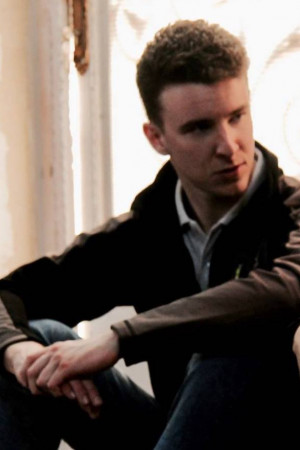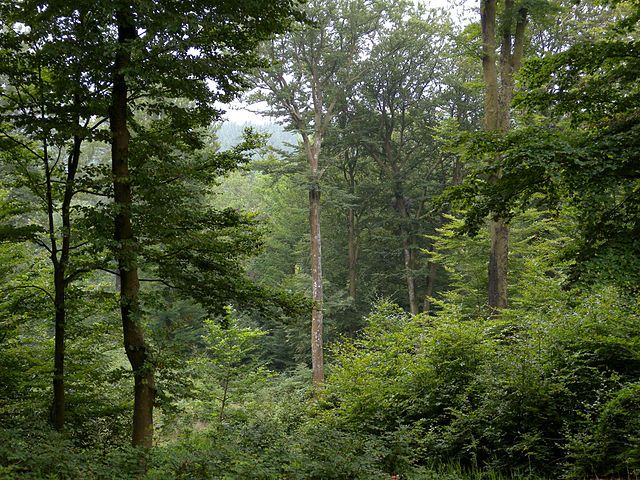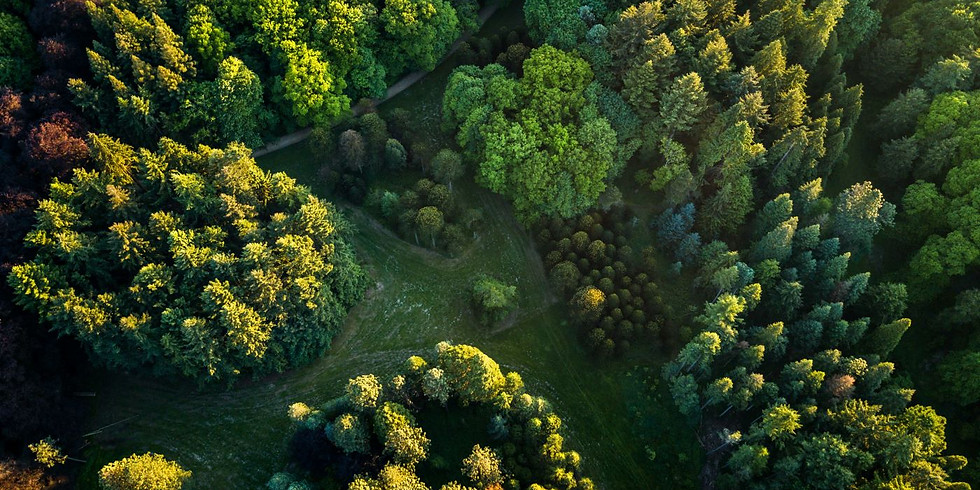
“And into the Forest I go, to lose my mind and find my soul.” John Muir
Forest Therapy is the practice of immersing oneself in the natural world - be it a forest or other natural environment - through an awakening of the senses and a process of “slowing down”. In essence, a Forest Therapy walk consists of a gentle wander through the forest, in which a guide offers a series of invitations to encourage a soft somatic awareness and a connection with the natural world. The term “Forest Therapy” is something of an umbrella term for a group of practices, all of which involve connecting to our surroundings through our bodies and supporting physical and mental health and well-being in the process.
Japanese origins laid the foundations for a practice which is now growing significantly in the “West” and taking on new forms and approaches. Forest Therapy is gradually seeding itself as a practice and is gaining increasing relevance and importance as a result of our growing yearning for exposure to nature, in the context of the coronavirus pandemic.
George Bismans is a trained Forest Therapy Guide, certified by the Association of Nature and Forest Therapy. Born in Belgium to British parents, he’s hopped around Europe since leaving school in 2011. He graduated with a BA in Modern Languages and Cultures from Durham University, spent time living and working in Rome and Seville, before studying for an MA in International Relations at the Diplomatic Academy of Vienna. His professional path has been a somewhat eclectic one so far, having worked for EU institutions, an interreligious peacebuilding and dialogue centre, an international school and the sustainability think-tank, the Club of Rome. George never feels more at home than when he is in the wild, be it camping under the stars, hiking mountain trails or simply wandering under the forest canopy.

Our lecturer George Biesmans spent years studying various subjects, languages, living in many countries and working at different projects, but in fact he is more at home when he simply wanders under the forest canopy. With the start of the pandemic familiar life was gone, many things were cancelled or disappeared, new restrictions have appeared. George began thinking what he would like to do under new circumstances, and his answer to himself was – get involved with the forest. Thus, the idea of getting involved fully with the life of forest was the logical outcome of his passion for forest, for nature. He took a course to become a trained Forest Therapy Guide certified by the Association of Nature and Forest Therapy.
At the start of the lecture George asked his audience whether we believe that walking in the forest is useful for people. All of us raised our hands in agreement. The presenter visibly pleased, said: “Great. You will understand me”. Since that moment a full agreement was established between him and the audience.
We listened to his presentation, easily accepted his arguments and at the conclusion of his talk several people expressed the desire to participate in the forest walks organized by George. On the screen we saw a picture of two middle aged men standing on top of a hill somewhere in North America. One was Teddy Roosevelt, the President of the United States, next to him John Newman. These two gentlemen spent four nights camping in the wilderness. John, a famous advocate for ecology introduced Teddy Roosevelt to the vast universe of wilderness lying under their feet. We don’t know what they talked about, but the result of this outing was the creation of the National Park System in the USA covering many million hectares.
The title ‘Forest Therapy’ is the umbrella term for practices, which involve connecting to our surroundings through our bodies, thus strengthening our physical and mental health. At present more and more people join in, showing the desire and necessity to be involved with nature. People feel the need to slow down, to stop, to look around and absorb what they see at this moment.
Particular interest in ‘Forest Therapy’ began in Japan in the 1980s. That time Japan moved to modernity at breath-taking speed. The older dwellings in many cities were replaced by office blocks, which employed millions of office workers. This led to a significant increase in the numbers of cancer patients and cases of depression. The Japanese doctors started treating their patients by prescribing them walking in the forest, calling it ‘Forest Bathing’. This includes daylong walks which proved to be beneficial for the patients.
It is important because it helps to strengthen resistance. It changes a person’s behaviour from passivity to activity encouraging their immune system to work better. Blood pressure reaches the right levels, if it is high, the forest walks lower it, if it is lower, the forest walks raise it. Also, there is proof that forest therapy helps to reduce early mortality and improves the speed of recovery.

George mentioned names of famous biologists who were ardent supporters of a direct connection between people and nature. Mr Wilson said: “We involve in nature, as we have affinity to nature, we are fundamental part of it. Because of industrialization, we lost the connection, but it is there, and we are trying not to connect, but to reconnect”.
Our lecturer agrees with the Japanese, who say, that the forest is a source for our survival; and with Jacques Cousteau, who said: “We protect what we love ourselves. We can’t cut ourselves from nature. We desperately need it”.
The Relation Therapy Society – currently headed by Mr Clifford – trains thousands of guides in many countries. Walking in the forest rouses dreaming, a desire to study nature, not to dominate it. On the screen there is a man embracing a huge trunk of a tree. He feels a strong affinity to it. In the forest we focus on the senses, we see what is around us, we listen to the whistling of the wind through the trees. Then there is a photo of a tea ceremony on a beach. Connecting with nature is the natural way of life.
‘Forest Therapy’ connects us with nature. The Association of Nature and Forest Therapy is the organization responsible for training guides. The lecturer shared his fascination with his profession, and this was engaging. His talk and his stories will allow listeners to explore life, themselves, and people, and incite them to know more. The prove could be felt the number of questions asked after the lecture.
QUESTIONS & ANSWERS
Q: How to book a walk?
A: The lecturer promises to provide the information, which will appear in the next Newsletter.
Q: What do you know about ‘Forest therapy’ in South Africa since there are no forests over there?
A: It can be any nature, beaches or parks. Andrea adds a comment: “The connection with the participants is an extra benefit.” George agreed: “It is necessary to connect with others, listening to others, entering their mood. It is another additional benefit of forest walking. We often suppress our feelings, put on a serious face and hide our emotions. Forest walking in a group helps to release our natural impulses and feelings”.
Q: “Can you do it on your own?”
A: “Yes. It is like Yoga. You can do it yourself or sometimes with the teacher”.
Q: “What about disabled people? Can they participate?”
A: “Yes. The walks can be adjusted to their needs”.
GEORGE’S FOREST THERAPY WALKS George offers every month a forest therapy walk in the Tervuren Forest. You can check them out on his site: https://www.homewardbound.be/join-a-walk
Although these walks are not meant for strenuous exercise and are very slow, George would also organise a customised walk for ISG (and members of partner clubs) which could be shorter and suitable also for people with walking difficulties. We would like to find out whether there is an interest for such a walk.
Please write to Angela Oestmann at angela.oestmann@mac.com or call on 0475-67 73 15 to express your interest. If we have enough participants, we will organise the walk with George.
Photo credits: top: Jan Vassen and George Biesmans bottom.



